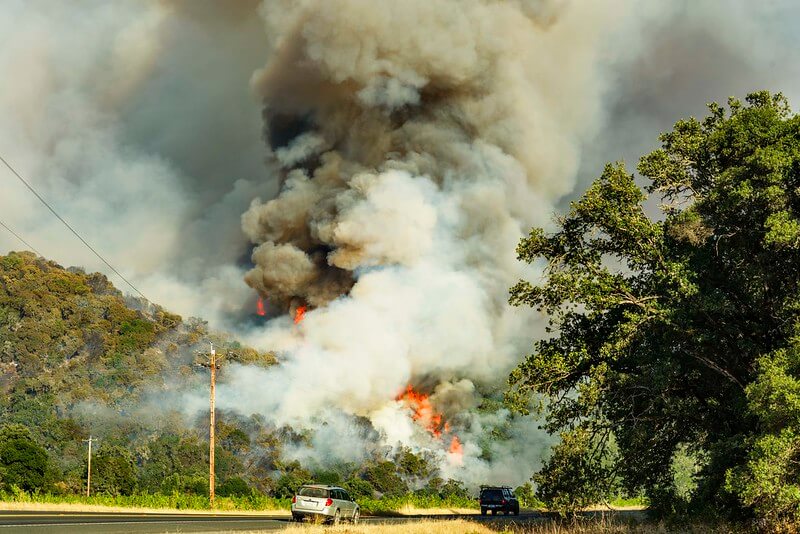Vermont proving to be a refuge from a changing climate
Forest fires, flooding and extreme weather—all are exacerbated by rising global temperatures, experts say. But increasingly to some, Vermont is an ideal place to escape.

Vermont’s population will see a dramatic increase over the next few years due to climate refugees migrating to Vermont according to a 2020 article by the Vermont Natural Resources Council. Climate refugees are those who are forced to flee their homes due to changes in their immediate environment, according to the article.
Vermont is known to be a great place for climate refugees, as it seems to have been shielded from climate crises so far, according to VNRC. It’s home to an abundance of lakes, mountains, rivers and more than enough room for people to be outdoors as well as a longer growing season. It is also important that Vermont is not on the coast and has an abundance of groundwater, according to the article.
CBS Sunday Morning reported in a January 2021 article that the Cashman family moved from California to Vermont to escape the wildfires in the Golden State.
“It’s beautiful, it’s green, it’s not dry, there’s no fires that I know of,” said Jen Cashman, according to the article. “The community embraced us immensely with our children. And I knew. I said, ‘We made the right decision! We made it!’”
Risa Delappe Estep is another self-identified climate refugee from California who has been living in Charlotte since November 2020. Isolation and at-home orders due to COVID were already putting her and her family on edge, Estep said. But, in 2018, when the air quality in California was so bad—to the point of not being able to go outside for a 10-day stretch following the birth of their daughter, Josie—that was the final straw.
Estep lives in Charlotte’s Ten Stones community. Established in 1989, the group describes themselves as a “multi-generational cohousing community… We have no common creed other than a desire to live cooperatively, ecologically, and economically.”
Ten Stones owns 87 acres of land, 10 of which have houses; the rest of the land is commonly owned. There are no “requirements” to live in this community, and just like any house in any regular community, anyone can buy one.
Estep recalls looking for a home in Burlington with her husband Greg, but nothing ever caught their eye. Once they saw a home was available at Ten Stones in Charlotte, she said she knew immediately that’s where they wanted to live and raise their daughter.
“It does feel like the future here will be really good and a much higher quality of life,” said Estep.
She notes that she immediately felt more at home at Ten Stones and in Vermont, wanting to take part in the nature-loving culture Vermont has and the communities’ pledge to work together to take care of the land.
“We like the focus of living with less impact and being in tune with the seasons and feeling connected to other people with a shared vision.” Estep says how welcoming and warm her new neighbors have been to her and her family, like when they sang outside their house for her daughter’s birthday.
When the pandemic hit, things stayed relatively normal, thanks in part to an abundance of space.
There was a community house that had to be shut down, but the residents have found other ways to celebrate and feel unified. They have their community meetings on Zoom, gather at the firepit, hang on the “green” and sing songs together outside.
“They are an exceptional group of people,” said Estep.
Vermont leaders have long sought to make the state a welcoming and safe place for refugees of all kinds. In 2020, Mayor Miro Weinberger wrote in a letter to the U.S. Secretary of State, stating: “Refugees are a vital and valued part of our community, and we have been proud to welcome many people fleeing situations of persecution and great upheaval to our small city.”

